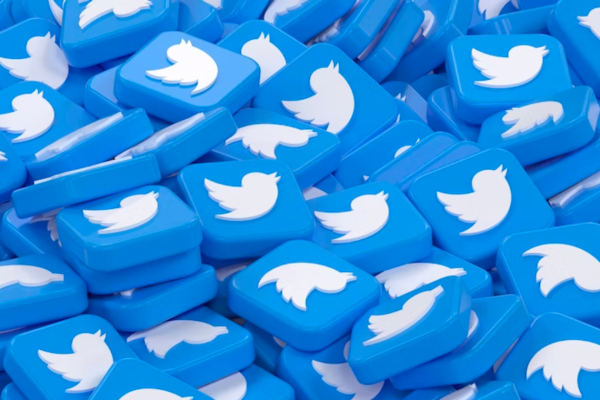Twitter’s Blue chaos, and what it means for the media industry
April 20th was slated to be a big day for Twitter. The company would finally take down the legacy blue ticks awarded freely to celebrity accounts over the years, leaving only the accounts of those who pay an $8 monthly subscription to sport the verification. In a tweet company CEO Elon Musk proudly declared that he was finally putting an end to the “lords and peasants system” of Twitter verification.
In tandem with this, he also promised that Twitter Blue subscribers would be prioritised with their tweets getting extended reach. Twitter was becoming ‘pay to play.’
Yet in keeping with the way that Twitter has been run since Musk bought the social media company last year, things haven’t quite gone as the industry expected.
On April 20th the legacy blue tick owners, very few of whom had paid for a subscription, lost their mark, only for it to return a few hours later.
There was some speculation that removing blue ticks was a time-consuming manual process and that soon they would be gone again. Yet several days on and it appears the celebrity non-paid for blue ticks are here to stay.
The Guardian reported that “On Friday, Musk revealed that three had received one for free: Stephen King, LeBron James and William Shatner. Over the weekend, that number drastically increased, with almost every celebrity user with more than one million followers receiving a new blue tick.”
So why has Twitter re-instated the celebrity blue ticks?
There are arguably two ways of looking at the Twitter Blue strategy. The first is that it is a legitimate way to generate revenue from the platform without having to swamp users with adverts. In many ways, it is in keeping with current membership and subscription trends within the media. It is a sensible ploy that has been copied by Meta which has plans to prioritise users in a similar way.
The second, and one that seems to have been adopted by many high-profile Twitter users, is to see the paid-for blue tick campaign as the latest example of how Musk has no real empathy and understanding of the platform and its users.
There was even a backlash from high-profile users who had had the blue tick restored.
Writer Owen Jones tweeted “To be very clear, I am more likely to come out as straight than buy Twitter Blue… Isn’t it some form of defamation to falsely make it look like people have purchased a product associated with being a total loser[?]”
It is quite probable that restoring the blue ticks to famous users was Musk’s plan all along. Put bluntly, at least any potential blue tick buyers will now know they are joining a club that boasts celebrities and influencers rather than mainly fake accounts and brands.
Twitter has not revealed how many people have chosen to subscribe so far, but the app firm Sensor Tower has estimated that the platform had around 386,000 subscribers in March 2023. This might generate a significant amount of income, but is only a small fraction of Twitter’s 300 million user-base.
Potential legal issues
The other downside for Musk is that he could face legal challenges. The blue tick indicates that a user voluntarily paid for the Twitter Blue premium plan, even if they are actively against it.
The way in which Musk has gifted blue ticks to celebrity Twitter accounts and other influencers without first seeking permission may constitute a violation of FTC (Federal Trade Commission) rules in the US, as it implies they have made a purchase, which in this instance might not be the case.
Alejandra Caraballo, a clinical instructor at Harvard Law School’s Cyberlaw Clinic told The Independent that “falsely adding [a Twitter verification badge] to large accounts may constitute deceptive trading practice. Anyone given a blue checkmark without their approval could also have grounds to bring a false endorsement claim that is separate from any FTC investigation over deceptive trade practices,” Ms Carabello added.
The implications for Meta
One person who will be looking over his shoulder at the way in which the blue tick system has been ‘compromised’ is Mark Zuckerberg.
Earlier in the year Meta announced its Meta Verified services. Instagram and Facebook users can submit a government-issued ID and in return receive a verification badge for $11.99 a month on the web and $14.99 on iOS and Android mobiles.
Similar to Twitter Blue the Meta Verified user can expect preferential treatment from the platform including higher visibility of their posts.
The system, which is currently being trailed in Australia and New Zealand, doesn’t have the legacy issues that Twitter Blue has. Nevertheless, given the way that Twitter seems to have muddied its Twitter Blue offering it could be that Instagram and Facebook users will have less appetite for their own version of it.
Conclusion
Twitter remains a vibrant social media platform and an ongoing source of traffic for media companies, especially news organisations. Yet the ‘chaos’ that has engulfed it since Musk took over, has led to a decline in users and has arguably knocked its credibility. Media companies have finite traffic acquisition budgets and when it comes to spending that cash on either social resources or even ads on a platform, media leaders might be starting to think that their cash is better invested elsewhere.










